Fireworks have been dazzling crowds for centuries, but when did they first light up American skies? If you're curious about the first American fireworks, you've come to the right place.
In this article, we'll explore how fireworks made their way to the U.S., their role in early colonial celebrations, and how they became a staple of American traditions.
Fireworks didn’t originate in America—their roots trace back to ancient China, where they were first used for celebrations and warfare.
However, early settlers brought pyrotechnics with them, using them for everything from religious events to military intimidation.
Over time, fireworks evolved from small displays to the large-scale spectacles we see today, especially during Independence Day and other major celebrations.
So, if you're ready to uncover the history of fireworks in America and how they became a symbol of national pride, continue reading.
What this article covers:
- Early Use of Fireworks in America
- Fireworks in Independence Day Celebrations
- Evolution of Fireworks in American Culture
- Modern Fireworks Traditions
Early Use of Fireworks in America
Introduction of Fireworks by Early Settlers
Fireworks came to North America with European settlers, particularly the English, who had long used them in royal ceremonies and military victories.
These early colonists were familiar with fireworks from grand displays in England, where they marked coronations, national celebrations, and even religious events.
When they arrived in the New World, they brought their enthusiasm for pyrotechnics with them.
One of the earliest recorded fireworks displays in America took place in 1608, when Captain John Smith set off a pyrotechnic demonstration in Jamestown.
Smith, a key leader in the first permanent English settlement, used fireworks not just for entertainment but as a strategic tool.
The display was meant to impress and intimidate the Indigenous people in the area, showcasing the settlers’ technological advancements.
Fireworks were a novelty to the Indigenous tribes, and their explosive sounds and bright lights likely had a powerful impact.
Fireworks quickly became a part of life in the colonies, used to commemorate important occasions such as the birthdays of monarchs and military triumphs.
Beyond celebrations, early settlers also used fireworks for practical purposes, such as signaling during battles and scaring away potential threats.
Their introduction to America set the foundation for the enduring role fireworks play in our culture today.

Fireworks in Independence Day Celebrations
The Birth of Fireworks on Independence Day
The connection between fireworks and America’s Independence Day can be traced directly to one of the nation’s Founding Fathers—John Adams.
On July 3, 1776, the day before the Declaration of Independence was officially adopted, Adams wrote a letter to his wife, Abigail, expressing his vision for how future generations should commemorate the occasion.
He famously predicted that the day would be celebrated with “pomp and parade… bonfires and illuminations from one end of this continent to the other.”
Though the signing hadn’t yet occurred, Adams already saw fireworks—then known as illuminations—as the perfect symbol of national pride, joy, and the triumph of freedom.
His vision came to life just one year later. On July 4, 1777, Philadelphia hosted the first official Independence Day celebration, marking the one-year anniversary of America’s declaration of independence from British rule.
That evening, the city erupted in celebration with fireworks, cannon blasts, and musket salutes, lighting up the sky in honour of the nation’s hard-fought freedom.
The festivities weren’t confined to Philadelphia—Boston also staged its own fireworks displays, helping to establish what would become one of the most enduring traditions in American culture.
Over time, Adams’ vision firmly took root, and fireworks became synonymous with the Fourth of July.
Today, cities and towns across the United States continue this legacy, using fireworks to celebrate the spirit of independence with the same sense of wonder and patriotism that began in 1777.

Evolution of Fireworks in American Culture
Fireworks in Presidential Inaugurations
As fireworks became more popular in the U.S., they started appearing in national events beyond Independence Day.
The first recorded use of fireworks in a presidential inauguration took place in 1801, when Thomas Jefferson’s inauguration featured a fireworks display.
This marked the beginning of a long-standing tradition of celebrating new presidencies with pyrotechnic shows.
Over time, fireworks became a staple at inaugurations, serving as a grand visual representation of new beginnings, national pride, and the peaceful transition of power.
Today, fireworks remain a common feature of presidential inaugurations, lighting up the sky to celebrate the start of a new administration and reinforcing their role in marking historic moments in American history.
Development of Fireworks Manufacturing in the U.S.
In the 19th century, America saw the rise of its own fireworks manufacturing industry, marking a turning point in the country's ability to produce high-quality pyrotechnics domestically.
Before this period, fireworks had to be imported, primarily from Europe and China, which made them expensive and less accessible to the general public.
However, as celebrations like Independence Day became more widespread, the demand for fireworks increased significantly.
This shift encouraged American entrepreneurs to establish their own production facilities, reducing reliance on imports.
By the late 1800s, factories in states like New York and Pennsylvania were mass-producing fireworks, making them more affordable and available for public and private events.
As American manufacturers refined their techniques, they developed new pyrotechnic effects, improving safety and performance.
This expansion not only made fireworks a regular feature in American life but also led to innovations that influenced global pyrotechnics.
The industry's growth also sparked curiosity about their origins, leading many to ask when were fireworks invented and how they evolved into the displays we see today.
With domestic manufacturing firmly established, fireworks became a central part of American culture, ensuring that every major celebration—from national holidays to personal milestones—could be marked with a brilliant display of light and color.

Modern Fireworks Traditions
Annual Fourth of July Displays
Today, no Fourth of July celebration is complete without fireworks.
From small backyard displays to massive citywide shows, fireworks are the highlight of Independence Day, bringing people together to celebrate American freedom with breathtaking visuals.
Cities across the country invest in large-scale displays that light up the sky, with some of the most famous being the Macy’s Fireworks Show in New York City and the National Mall display in Washington, D.C.
These events draw millions of spectators each year, continuing a tradition that dates back to 1777, when the first Independence Day was marked with fireworks, cannons, and musket fire.
The Fourth of July is the biggest day for fireworks sales, with families, event planners, and DIY enthusiasts all looking to put on their own unforgettable displays.
If you're looking for professional-grade red white and blue fireworks, we’ve got you covered.
Our collection offers everything you need to create a spectacular patriotic show, from dazzling aerial shells to bold ground effects.
Whether you're planning a backyard celebration or an event that wows the whole neighborhood, our high-quality fireworks will make your Fourth of July one to remember.
Fireworks in Other American Celebrations
Beyond the Fourth of July, fireworks play a major role in other American celebrations. New Year's Eve, sporting events, theme parks, and even weddings feature dazzling pyrotechnics.
Fireworks have become synonymous with celebration, marking special moments with excitement and color.
They also continue to be used in major holidays such as Memorial Day and Christmas, proving their lasting impact on American culture.
Conclusion
From ancient China to the first American fireworks, the history of pyrotechnics is a story of celebration, innovation, and national pride.
What started as a tool for festivals and military strategy has evolved into the dazzling displays that light up our skies today.
Whether it's the Fourth of July, New Year's Eve, or a special event, fireworks continue to bring people together for unforgettable moments.
At Red Apple Fireworks, we're proud to carry on this tradition by offering a wide variety of premium fireworks that deliver stunning effects and unbeatable quality.
Looking to take your fireworks game to the next level? Join our membership (Club Red Apple®) and unlock exclusive perks, including up to 25% off your favorite fireworks.
As a member, you'll get access to early releases, special discounts, and VIP treatment—so you can stock up on the best fireworks at the best prices.
Whether you're planning a family-friendly backyard show, a high-energy DIY display, or a professional-grade spectacle, we've got everything you need to create a show-stopping experience.
Browse our online store or visit us in person to get the best deals on high-quality fireworks and make your next celebration truly unforgettable!
If you want to learn more, check out these articles below
- Facts About Fireworks
- Why Do We Celebrate with Fireworks
- Why Were Fireworks Important in Ancient China
- How Do Fireworks Get Their Color?
- What Element Makes Purple Fireworks?
- What Element Will Give Fireworks Their Yellow Color?
- What Makes Fireworks Blue?
- Which Metal Ion Is Responsible for the Red Firework?
- How Does a Firework Work?
- What Chemicals Are Used in Fireworks?
- What Minerals Are Used to Make Gold Sparks Fireworks?
- What Three Processes Cause Fireworks to Emit Light?
- What Problem Occurs If the Firework Mixture Is Not Pure?


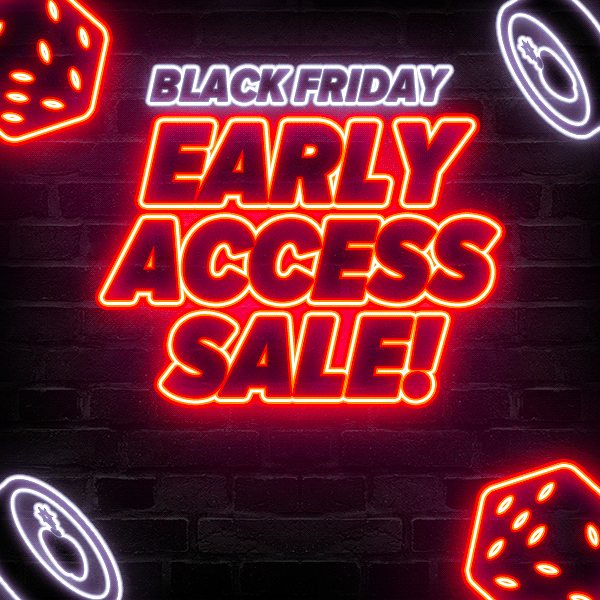


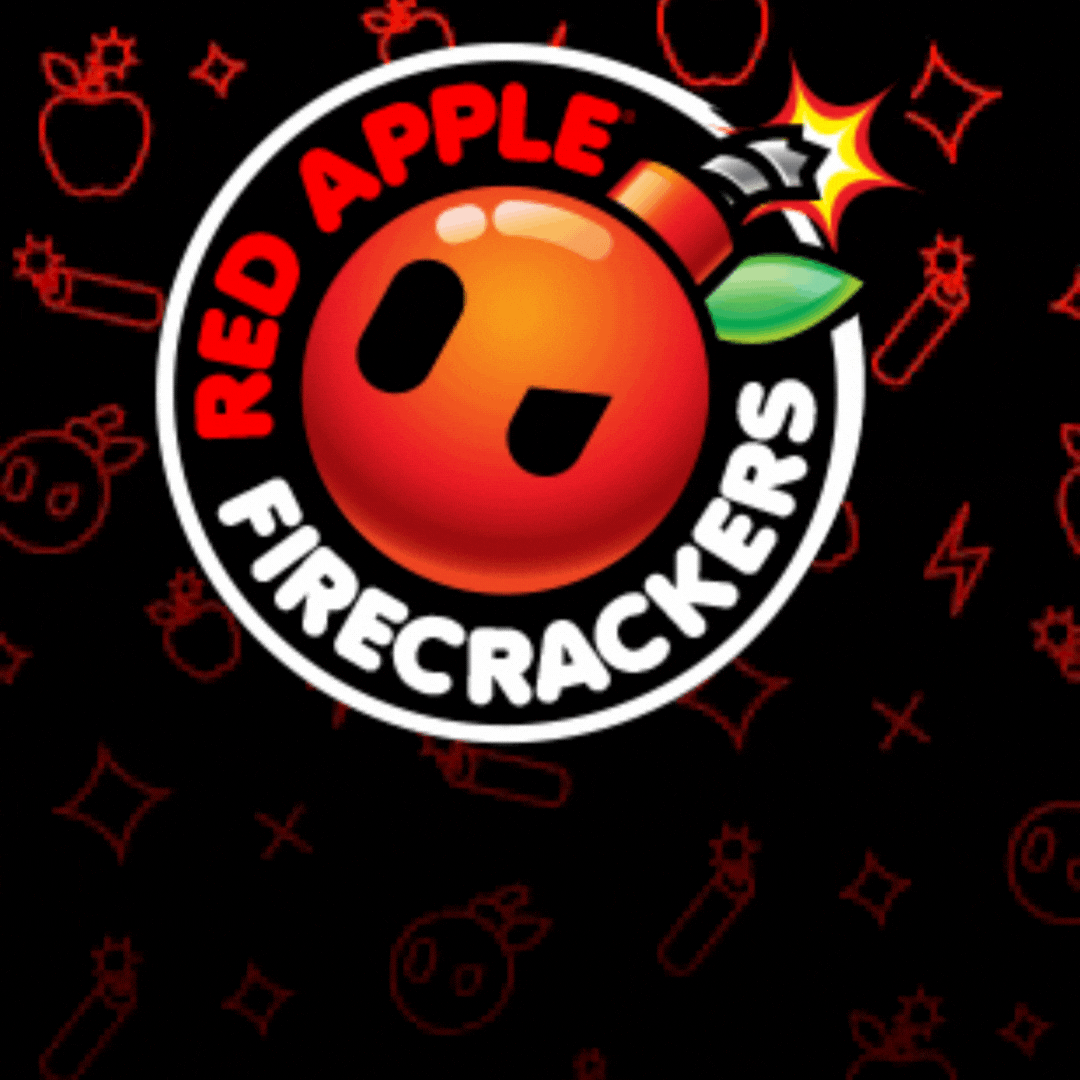

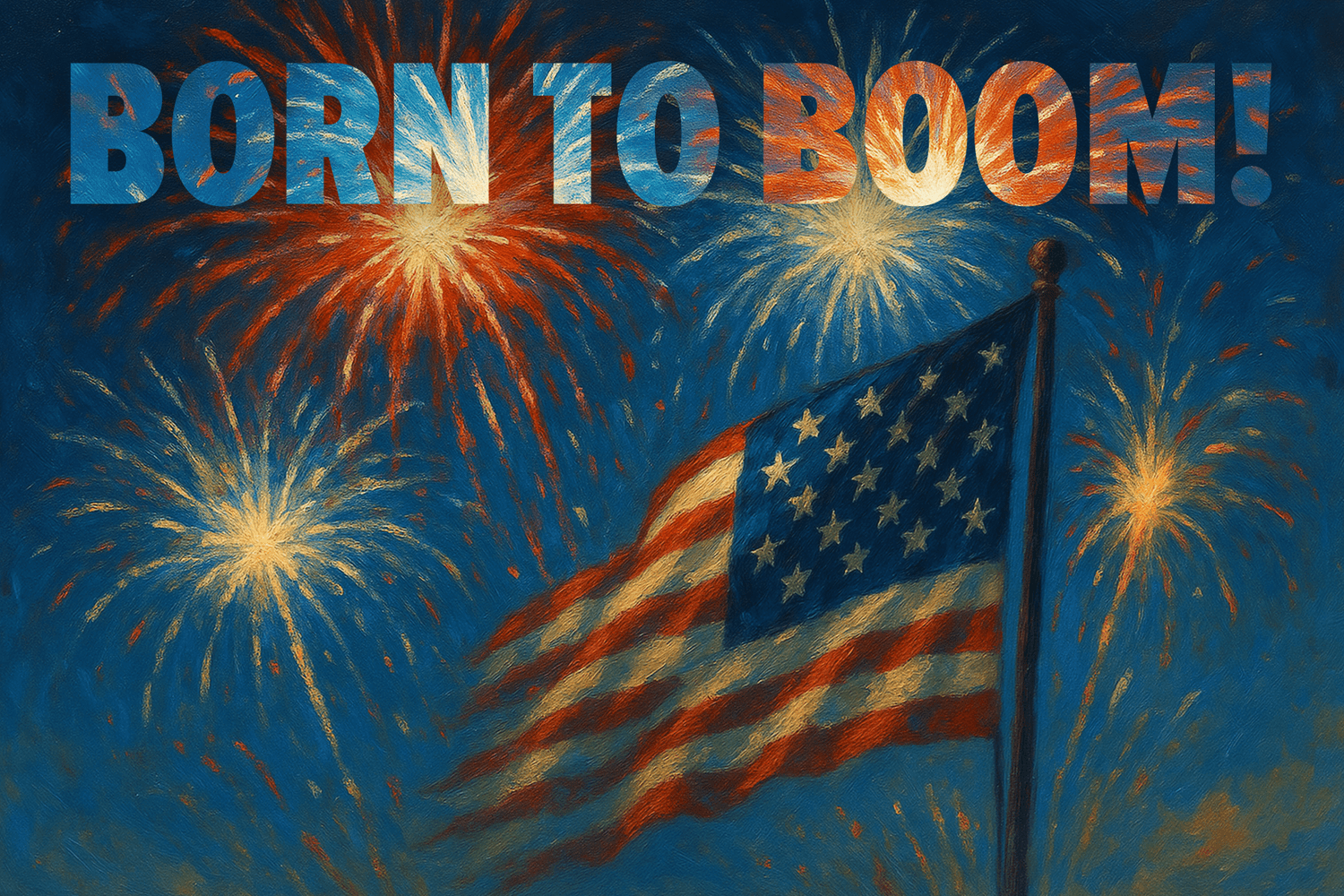
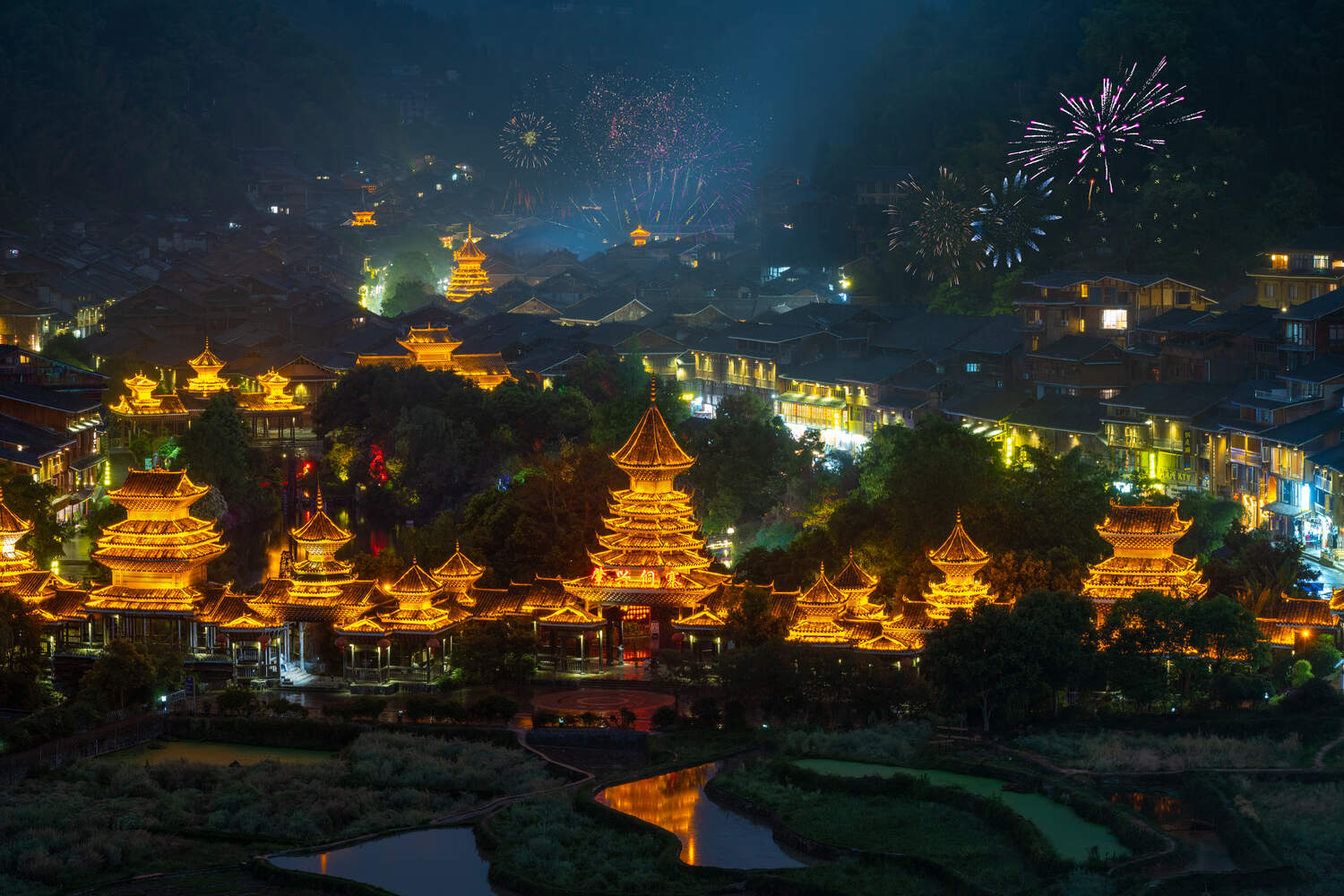
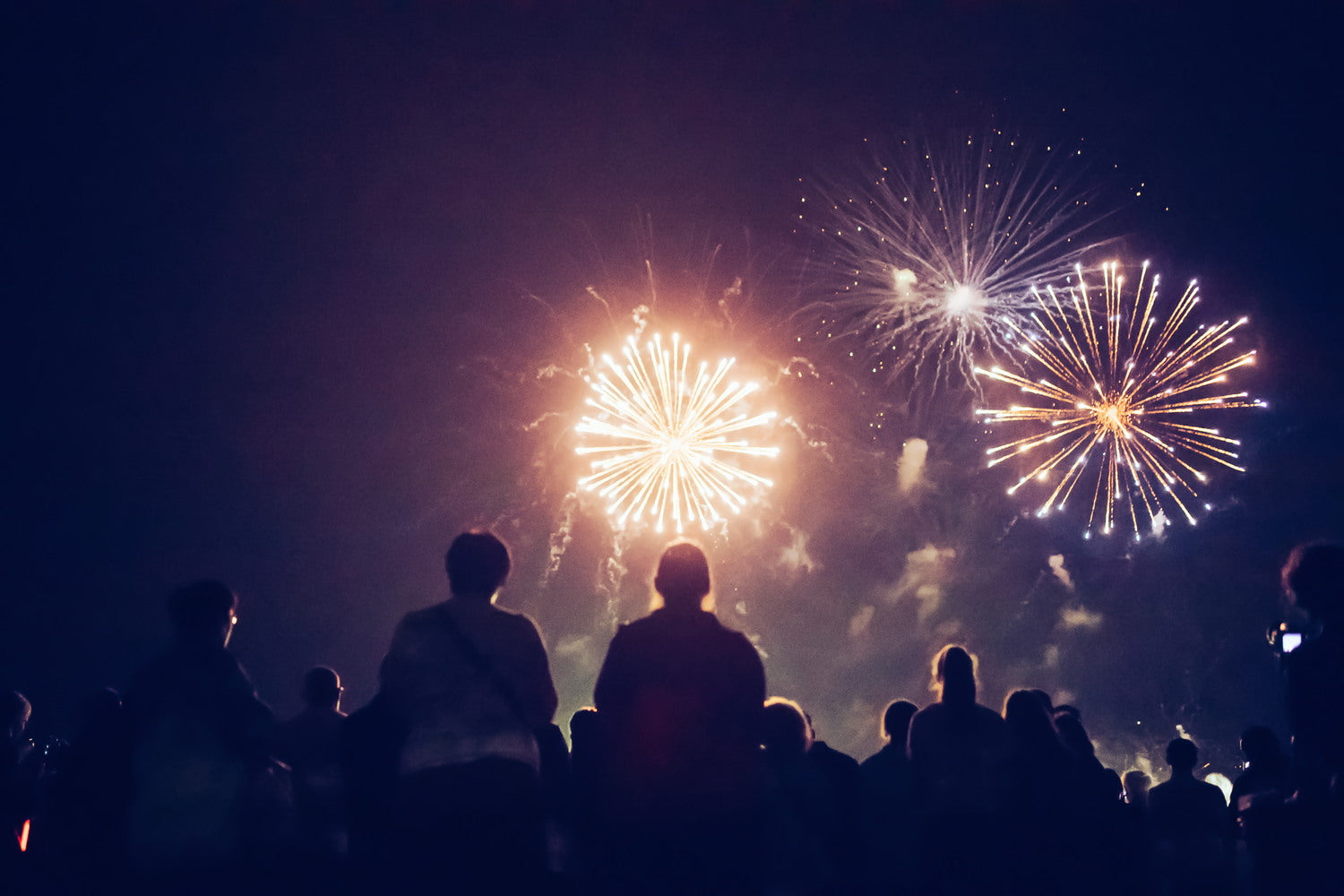

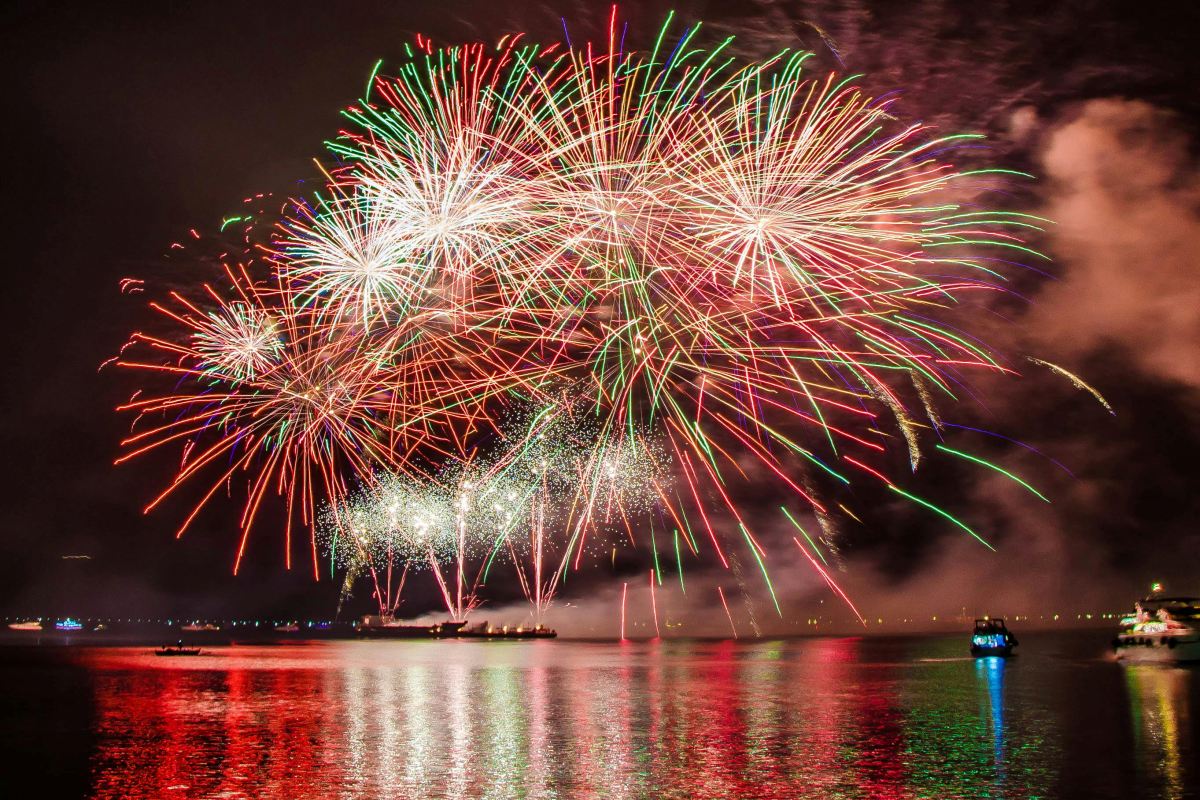
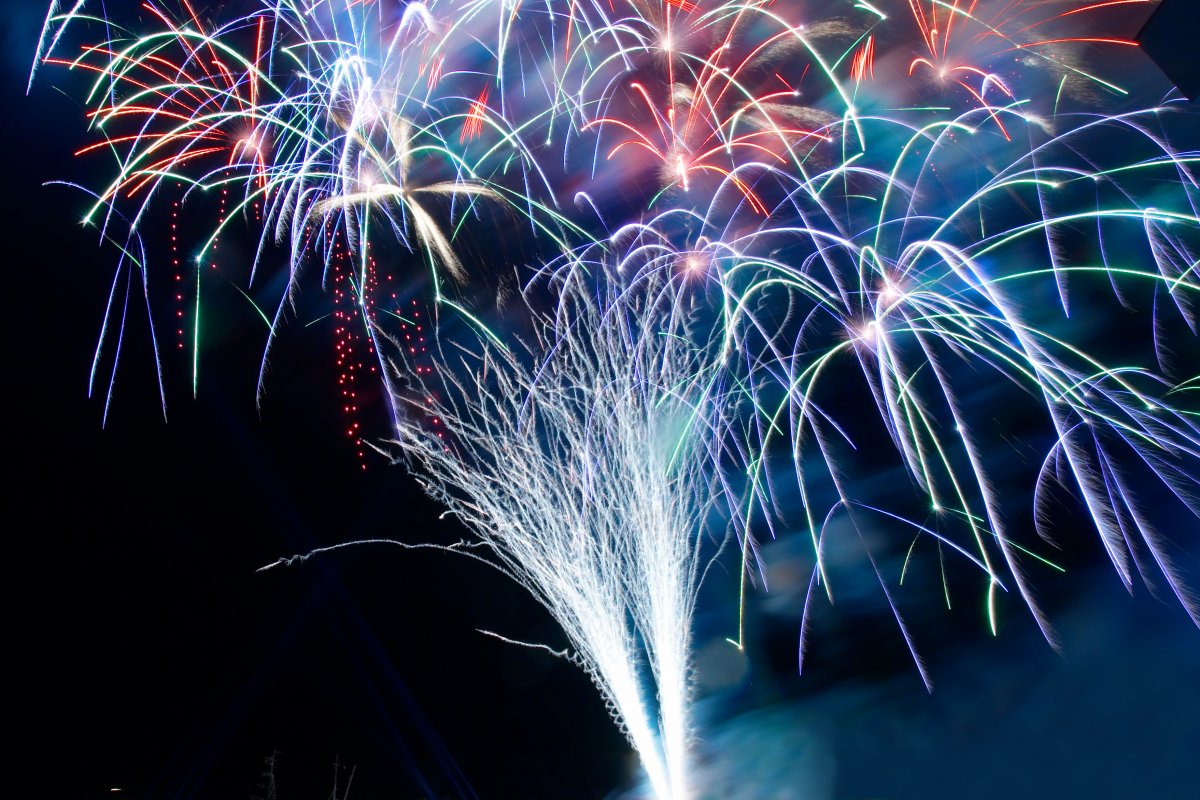
Leave a comment
All comments are moderated before being published.
This site is protected by hCaptcha and the hCaptcha Privacy Policy and Terms of Service apply.